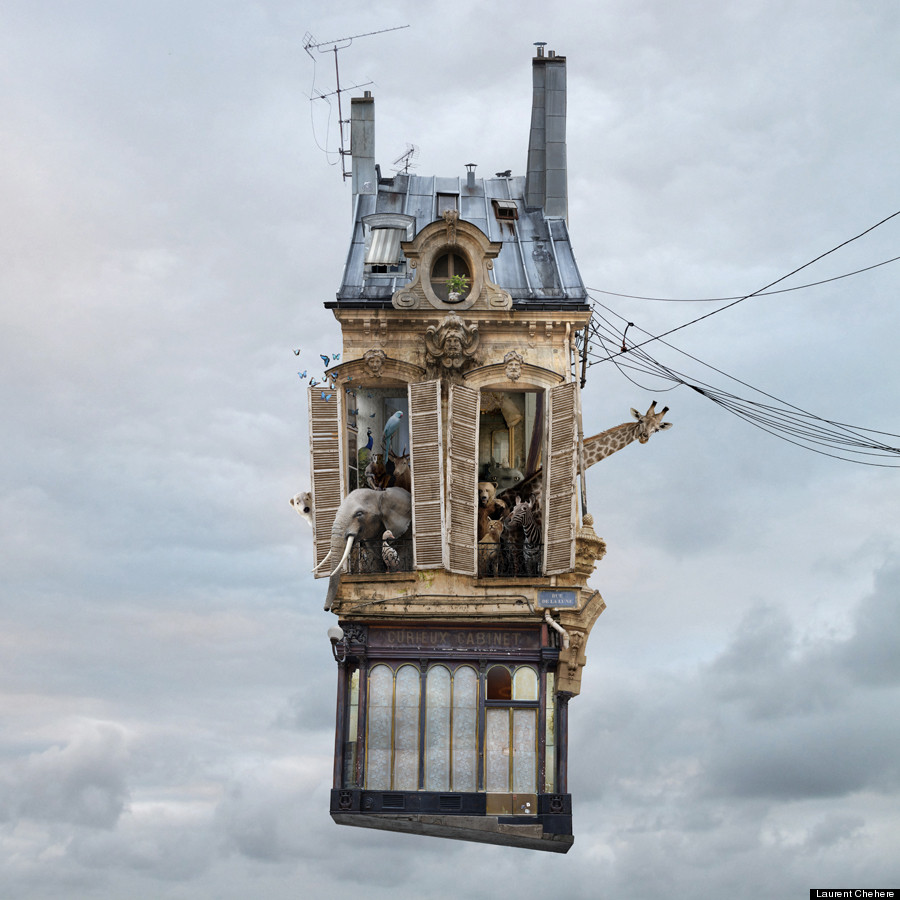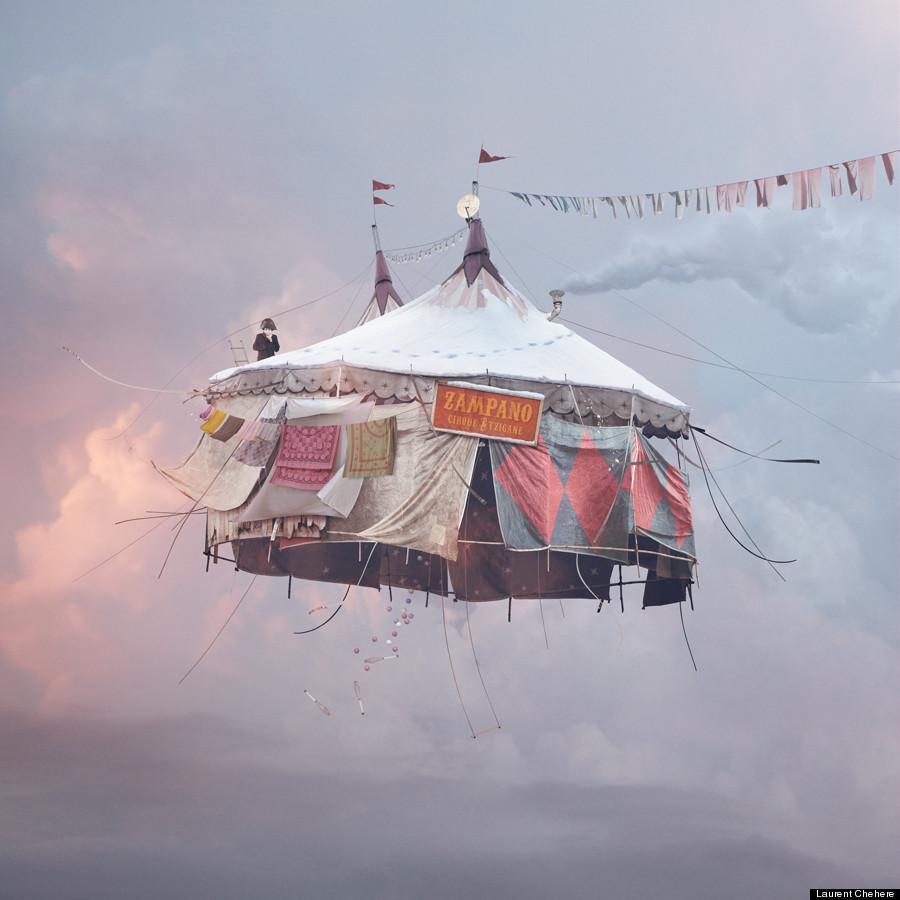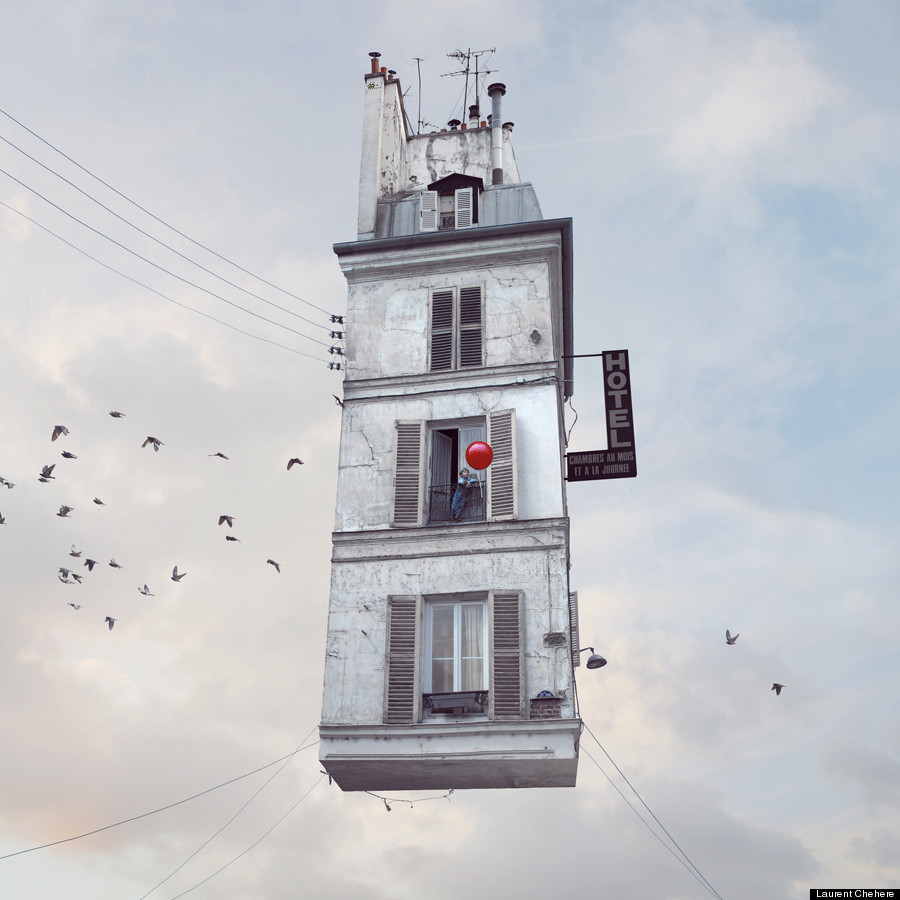I remember walking up to your house from our van (you lived too far away to walk, but close enough to get inside the car and immediately exit) and staring in your windows hoping that you were there. You always took your time, deliberate in your movement because you deserved it, you earned your mobility and earned our wait, so we listened with bated breath to hear you move about your house and approach us.
Your space was many layers deep. Living room connected by dining room connected by kitchen (where I would ask to wash your dishes–something I’ve always enjoyed) connected to door connected to stairs connected to foyer/solarium/entry connected to storm door connected to dead-bolted door (windows?). Â The location of your bedroom perplexed me and although I never had a reason to see it, I always wondered where you slept. There are spaces in your house (did you have a basement?) that I never knew. Your full reality escapes me.
Every time you welcomed me into your arms, your home, and your life I felt safe and loved. This was so important to me as my extended family lived on the other side of the country, and only in your arms did I really feel that family could be created. Family is something you chose, you cultivate, and you grow–and it is through my family’s relationship with you that I learned this and continue to practice this.
I never remember a time when you weren’t 70 years older than me, and from when I was a baby, toddler, adolescent, and now, a young adult, there was always a world separating us from each other. A fact only bridged from what was a regular occurrence to now, or what still was, a rare treat, a rare embrace.
My nuclear family would sit around you in your La-Z-boy chair, which advanced technologically with each visit–from rocking to tilting to, ha, projecting you into motion and across the room. I would sit on the floor and look into the blocked patterns of the carpet, the way the plush would sit, fold, mold to my body and look in the natural light and by lamp. I sat accompanied by American Indian figurines and these clusters grew and grew with time. Although problematically collecting these peoples in your living room, I romanticized my memory of you with your ties to age, history, and the past. Your connection to families–your biological one and your created family, your community–always seemed apparent.
I remember a well. I remember chimes. I remember your grandfather clock that kept the tempo to our talk, I was usually silent, and that lured my father to sleep in the chair diagonal from you. I remember names of your bloodline–always slightly confused because my memory forgot them. I remember the choo-choo trains constructed with candy–Rolo’s stick out to me–and every time you would give my sisters and I a treat, sometimes a Tootsie pop.
One day, growing up, I was dropped off at your house. Our first outing alone. We went to Big Boy, confused as grandmother and grandson–I had hot chocolate, maybe chocolate milk?–while my mom and sisters (and dad?) went to the movies (I still haven’t seen Titanic, and I probably never will). I remember times and events but few details. The details are in the space, my voice is left silent and mysterious.
I was at work when my parents went to visit you for what would be the last time. While I was participating in a dialogue, my parents took a picture that would capture one of your last moments and it will be a picture I cherish. Your frail but very much alive frame.
My memories are notorious for fading. I’m infamously known within my friend groups and ex-lovers as someone who needs reminding. This letter will remind me of you. Wacousta will remind me of you. The way in which I create my family and choose my family will remind me of you. The love I feel will remind me of you.





.jpg)



